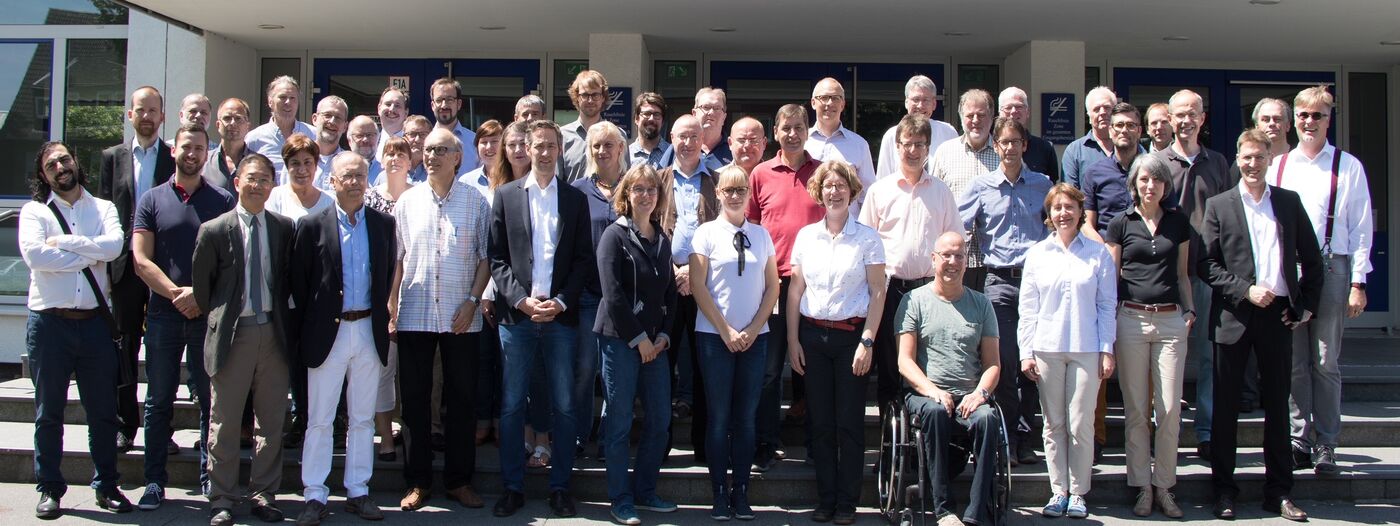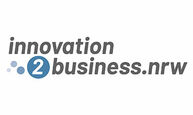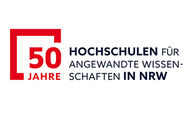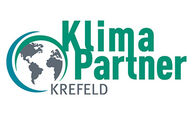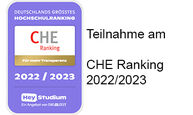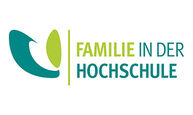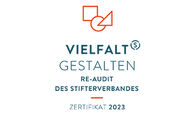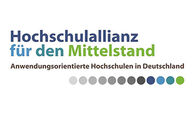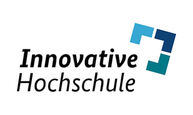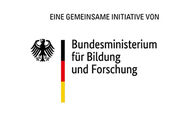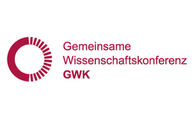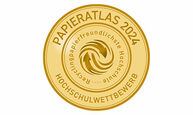[29] Vossen, G., Friedlich, N.A., Hermanns, T., Nießen, M. und Schulz, W.: On a Model for Laser Cutting involving Surface Tension. IFAC-PapersOnLine 51(2): 180–185 (2018).
[28] Vossen, G.: Switching time optimization for a PDE constrained optimal control problem of bang-bang type. Proceedings of Angewandte Mathematik und Mechanik 16(1):791–792 (2016).
[27] Tietze, I., Newiadomsky, C. und Vossen, G.: A model for forecasting short-term electricity prices for electric utilities. In: DEC 2016, Lecture Notes in Informatics (Hrsg. Hertweck, D. und Decker, C.):179–186 (2016).
[26] Vossen, G., Struck, A. und Roos, D.: Optimal Control for lithium-ion batteries. Akzeptiert zur Veröffentlichung in PAMM – Proceedings of Angewandte Mathematik und Mechanik (2015).
[25] Vossen, G., Schüttler, J. und Hermanns, T.: Analysis and optimal control of laser radiation for stabilization of free melt flow boundaries. Zeitschrift für Angewandte Mathematik und Mechanik 95(3):297–316 (2015).
[24] Vossen, G. Roos, D. und Struck, A.: Optimal Control for an electro-chemical model of integro and partial differential equations for a battery system. EngOpt Conference 2014, Lissabon, Portugal, 8.-11.9.2014 (2014).
[23] Vossen, G. und Hermanns, T.: On an optimal control problem in laser cutting with mixed finite-/infinite-dimensional constraints. Journal of Industrial and Management Optimization 10(2):503–519 (2014).
[22] Vossen, G.: H2,α–norm model reduction for optimal control problems subject to parabolic and hyperbolic evolution equations. Optimal Control Applications and Methods 35(5):501–625 (2014).
[21] Jörres, C., Vossen, G. und Herty, M.: On an inexact gradient method using POD for parabolic optimal control problems. Computational Optimization and Applications 55:459–468 (2013).
[20] Vossen, G. und Volkwein, S.: Model reduction techniques with a-posteriori error analysis for linear-quadratic optimal control problems. Numerical Algebra, Control and Optimization 2(3):465–485 (2012).
[19] Klindworth, D., Vossen, G. und Grepl, M.: Reduced-basis methods for linear parabolic problems with non-affine source terms. Computer Methods in Applied Mechanics and Engineering 209–212:144–155 (2012).
[18] Bürgermeister, L., Mikalauskaite, R., Vossen, G. und Schulz, W.: Antimikrobielle Photodynamische Therapie, Analyse und Verbesserung des Ablaufs der chemischen Prozesse. In: VDI 17:286 „Automatisierungstechnische Verfahren für die Medizin“; Automed 10 Workshop, 29./30.03.2012, Aachen (Hrsg: S. Leonhardt et al. ), VDI Verlag, S. 13–14 (2012).
[17] Vossen, G. und Schüttler, J.: Mathematical modelling and stability analysis for laser cutting. Mathematical and Computer Modelling of Dynamical Systems 18(4):439–463 (2011).
[16] Vossen, G.: Switching time optimization for bang–bang and singular controls. Journal of Optimization Theory and Applications 144(2):409–429 (2010).
[15] Vossen, G., Schüttler, J. und Nießen, M.: Optimization of partial differential equations for minimizing the roughness of laser cutting surfaces. In: Recent Advances in Optimization and its Applications in Engineering (Hrsg: M. Diehl, F. Glineur, E. Jarlebring und W. Michiels), Springer (Berlin-Heidelberg), S. 521–530 (2010).
[14] Schulz, W., Nießen, M., Vossen, G.modelling and process monitoring of laserMultiphysics Conference, 22.-23. Juni 2010und Schüttler, J.: Multiphysics processing. Proceedings of NUSIM (2010).
[13] Bunse-Gerstner, A., Kubalinska, D., Vossen, G. und Wilczek, D.: h2 -norm optimal model reduction for large-scale discrete dynamical MIMO systems. Journal of Computational and Applied Mathematics 233(5):1202–1216 (2010).
[12] Vossen, G. und Schulz, W.: Multiple scale methods for nonlinear stability analysis in laser cutting processes. Technical Report, Lehrstuhl für nichtlineare Dynamik, RWTH Aachen (2009): ReportMultScaleLaser.pdf (in German)
[11] Vossen, G.: Switching time optimization for bang–bang and singular controls: Variational derivatives and applications. Technical Report, Lehrstuhl für nichtlineare Dynamik, RWTH Aachen (2009): ReportSwitchTimOptSSC.pdf
[10] Korytowski, A., Szymkat, M., Maurer, H. und Vossen, G.: Optimal control of a fedbatch fermentation process: numerical methods, sufficient conditions and sensitivity analysis. Proceedings of the 47th IEEE Conference on Decision and Control, Cancun, Mexiko, Dezember 2008 (2008).
[9] Maurer, H. und Vossen, G.: Sufficient conditions and sensitivity analysis for optimal bang-bang control problems with state constraints. In: System Modeling and Optimization (Hrsg.: A. Korytowski, K. Malanowski, W. Mitkowski, M. Szymkat), S. 82-99, Springer-Verlag (2009).
[8] Kubalinska, D., Bunse-Gerstner, A., Vossen, G. und Wilczek, D.: H2-optimal interpolation based model reduction for large-scale systems. Proceedings of the 16th ICSS, 4.-6.9.2007, Breslau, Polen (2007).
[7] Vossen, G., Bunse-Gerstner, A., Kubalinska D. und Wilczek, D.: Necessary optimality conditions for H2-norm optimal model reduction. Berichte aus der Technomathematik 07-05, Universität Bremen, online: www.math.uni-bremen.de/zetem/alt/reports/reports-liste.html (2007).
[6] Wilczek, D., Bunse-Gerstner, A., Kubalinska, D. und Vossen, G.: Equivalence of necessary optimality conditions for H2 -norm optimal model reduction. Berichte aus der Technomathematik 07-06, Universität Bremen, online: www.math.uni-bremen.de/zetem/alt/reports/reports-liste.html (2007).
[5] Vossen, G., Rehbock, V. und Siburian, A.: Numerical solution methods for singular control with multiple state dependent forms. Optimization Methods and Software 22(4):551-559 (2007).
[4] Vossen, G. und Maurer, H.: On L1–minimization in optimal control and applications to robotics. Optimal Control Applications and Methods 27:301-321 (2006).
[3] Vossen, G.: Numerische Lösungsmethoden, hinreichende Optimalitätsbedingungen und Sensitivitätsanalyse für optimale bang-bang und singuläre Steuerungen. Dissertation am Institut für Numerische und Angewandte Mathematik der Universität Münster (2006).
[2] Maurer, H., Kim, J.-H. R. und Vossen, G.: On a state-constrained control problem in optimal production and maintenance. In: Optimal Control and Dynamic Games: Applications in Finance, Management Science and Economics (Hrsg. Deissenberg, C., Hartl, R. F.), Springer Verlag, 289-308 (2005).
[1] Chyba, M., Sussmann, H., Maurer, H. und Vossen, G.: Underwater vehicles: The minimum time problem. Proceedings of the 43rd IEEE Conference on Decision and Control, The Bahamas, IEEE Control Society, 1370-1375 (2004).

